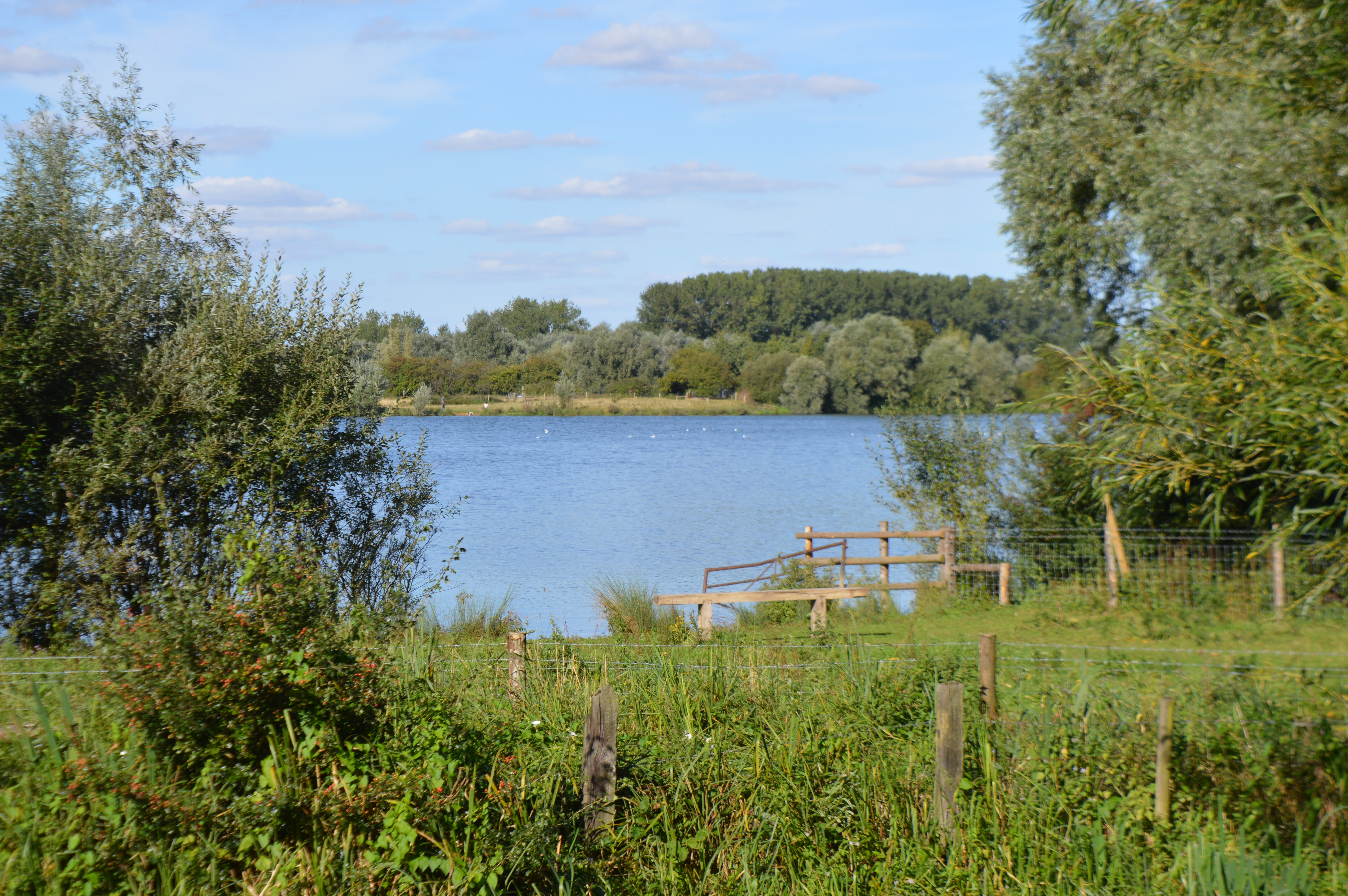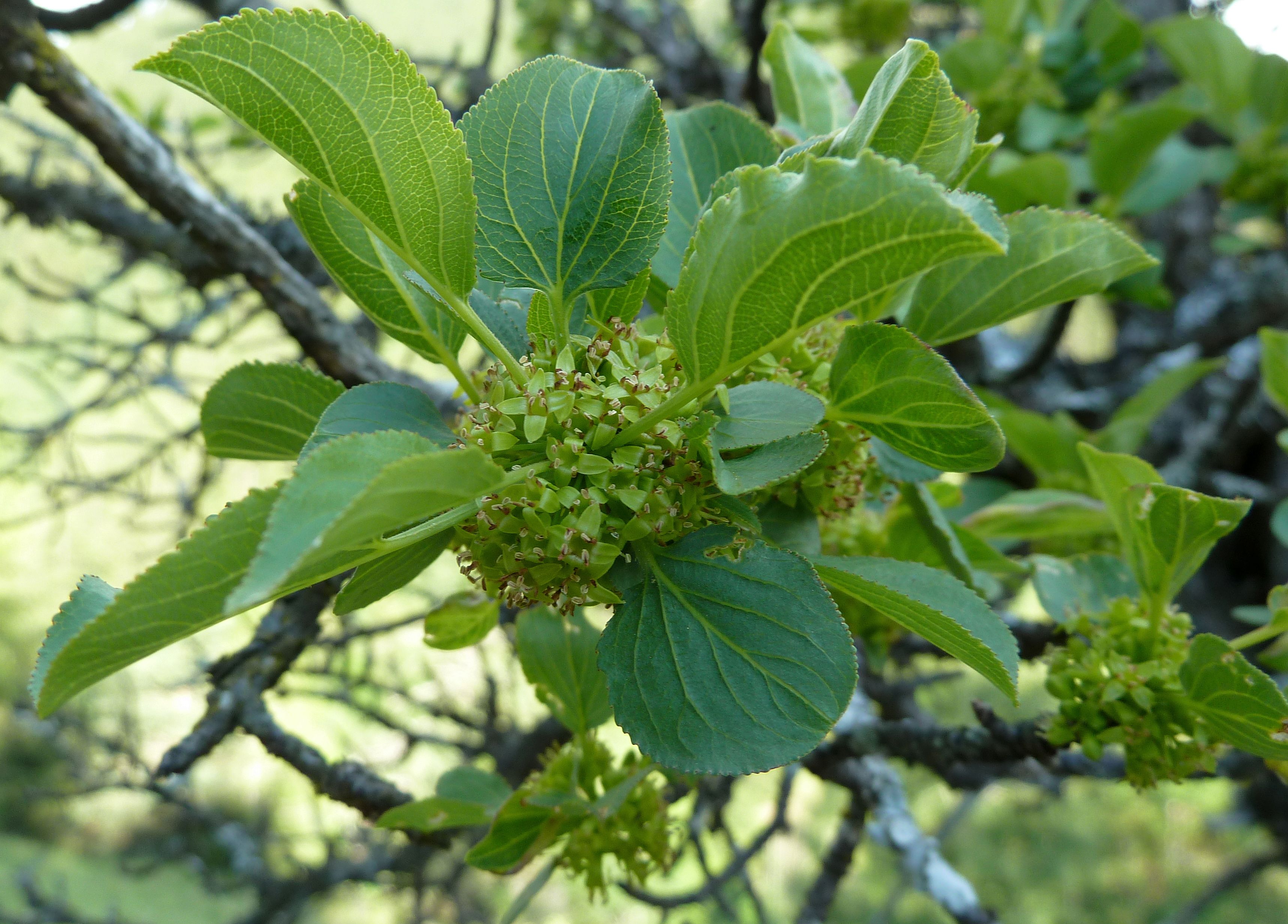|
Buff Wood
Buff Wood is a biological Site of Special Scientific Interest in Hatley in Cambridgeshire. It is managed by the Wildlife Trust for Bedfordshire, Cambridgeshire and Northamptonshire. This site is ecologically diverse boulder clay woodland, with a range of wildflowers, including oxlips and the uncommon green hellebore. There are butterflies such as brimstones ''Gonepteryx'' is a genus of butterflies in the family Pieridae, which contains about 1,100 species. They live in Europe, Asia, and Northern Africa. They are commonly known as brimstones for the bright yellow colour of the wings of most species ..., large whites, orange-tips and speckled woods. A permit from the Wildlife Trust is required for access. References {{Authority control Sites of Special Scientific Interest in Cambridgeshire Wildlife Trust for Bedfordshire, Cambridgeshire and Northamptonshire reserves ... [...More Info...] [...Related Items...] OR: [Wikipedia] [Google] [Baidu] |
Site Of Special Scientific Interest
A Site of Special Scientific Interest (SSSI) in Great Britain or an Area of Special Scientific Interest (ASSI) in the Isle of Man and Northern Ireland is a conservation designation denoting a protected area in the United Kingdom and Isle of Man. SSSI/ASSIs are the basic building block of site-based nature conservation legislation and most other legal nature/geological conservation designations in the United Kingdom are based upon them, including national nature reserves, Ramsar sites, Special Protection Areas, and Special Areas of Conservation. The acronym "SSSI" is often pronounced "triple-S I". Selection and conservation Sites notified for their biological interest are known as Biological SSSIs (or ASSIs), and those notified for geological or physiographic interest are Geological SSSIs (or ASSIs). Sites may be divided into management units, with some areas including units that are noted for both biological and geological interest. Biological Biological SSSI/ASSIs may ... [...More Info...] [...Related Items...] OR: [Wikipedia] [Google] [Baidu] |
Hatley, Cambridgeshire
Hatley is a civil parish in South Cambridgeshire, England. It lies between the villages of Gamlingay and Croydon, 12 miles south-west of the city of Cambridge and eight miles south-east of the town of St Neots. In 2001, the population of Hatley parish was 205 people living in 77 households, reducing at the 2011 Census to a population of 181 in 78 households. History The Hatley name was in use as early as 986, derived from 'laie' or 'ley', a woodland clearing, or 'woodland clearing on the hill'. The spelling ''Hatelaie'' was used in the 1086 Domesday Book. The parishes were known as 'Hungry Hatley' by 1218, possibly because the clay soil could not be cultivated effectively until mechanisation in the 20th century. The adjoining parish of Cockayne Hatley, in Bedfordshire, is said to be unconnected to the Cambridgeshire Hatleys. In 1831, the population of the parish of Hatley St George was 105 people. At the time of the census in 1921, it was 67 people. Governance The parish was es ... [...More Info...] [...Related Items...] OR: [Wikipedia] [Google] [Baidu] |
Cambridgeshire
Cambridgeshire (abbreviated Cambs.) is a Counties of England, county in the East of England, bordering Lincolnshire to the north, Norfolk to the north-east, Suffolk to the east, Essex and Hertfordshire to the south, and Bedfordshire and Northamptonshire to the west. The city of Cambridge is the county town. Following the Local Government Act 1972 restructuring, modern Cambridgeshire was formed in 1974 through the amalgamation of two administrative counties: Cambridgeshire and Isle of Ely, comprising the Historic counties of England, historic county of Cambridgeshire (including the Isle of Ely); and Huntingdon and Peterborough, comprising the historic county of Huntingdonshire and the Soke of Peterborough, historically part of Northamptonshire. Cambridgeshire contains most of the region known as Silicon Fen. The county is now divided between Cambridgeshire County Council and Peterborough City Council, which since 1998 has formed a separate Unitary authorities of England, unita ... [...More Info...] [...Related Items...] OR: [Wikipedia] [Google] [Baidu] |
Wildlife Trust For Bedfordshire, Cambridgeshire And Northamptonshire
The Wildlife Trust for Bedfordshire, Cambridgeshire and Northamptonshire (WTBCN) is a registered charity which manages 126 nature reserves covering . It has over 35,000 members, and 95% of people in Bedfordshire, Cambridgeshire and Northamptonshire live within five miles of a reserve. In the year to 31 March 2016 it employed 105 people and had an income of £5.1 million. It aims to conserve wildlife, inspire people to take action for wildlife, offer advice and share knowledge. The WTBCN is one of 36 wildlife trusts covering England, and 46 covering the whole of the United Kingdom. In 1912 Charles Rothschild formed the Society for the Promotion of Nature Reserves to protect sites considered "worthy of preservation". The society worked to secure statutory protection, and this began with the National Parks and Access to the Countryside Act 1949. In 1959 the society took on a coordinating role for local wildlife trusts, which covered the whole of Britain and Northern Ireland by 1 ... [...More Info...] [...Related Items...] OR: [Wikipedia] [Google] [Baidu] |
Oxlip
''Primula elatior'', the oxlip (or true oxlip), is a species of flowering plant in the family Primulaceae, native to nutrient-poor and calcium-rich damp woods and meadows throughout Europe, with northern borders in Denmark and southern parts of Sweden, eastwards to the Altai Mountains and on the Kola Peninsula in Russia, and westwards in the British Isles. Description The oxlip is a herbaceous or semi-evergreen perennial plant growing to tall by broad, with a rosette of leaves 5–15 cm long and 2–6 cm broad. It produces light yellow flowers in spring, in clusters of 10-30 together on a single stem tall, each flower 9–15 mm broad. It may be confused with the closely related cowslip (''Primula veris''), which has a similar general appearance, although ''P. veris'' has smaller, bell-shaped, bright yellow flowers (and red dots inside the flower), and a corolla tube without folds. The leaves of ''P. veris'' are more spade-shaped than ''P. elatior''. Names T ... [...More Info...] [...Related Items...] OR: [Wikipedia] [Google] [Baidu] |
Green Hellebore
''Helleborus viridis'', commonly called green hellebore, is a species of flowering plant in the buttercup family Ranunculaceae, native to Central and Western Europe, including southern England. All parts of the plant are poisonous. It was one of many plants first described by Linnaeus in volume one of the 1753 (tenth) edition of his '' Species Plantarum''. The Latin species epithet ''viridis'' means "green". Two subspecies are recognised: *''Helleborus viridis'' subsp. ''viridis'' from Central Europe and the maritime Alps *''Helleborus viridis'' subsp. ''occidentalis'' from western Europe including the British Isles. Other common names recorded include bastard hellebore, bear's foot and boar's foot. Growing to around tall, the green hellebore is a semi-evergreen perennial plant. The flowers appear in spring (February to April). They have five large green oval sepals with pointed tips, and seven to twelve much smaller petals. The roots are rhizomatous. Subspecies ''viridis'' h ... [...More Info...] [...Related Items...] OR: [Wikipedia] [Google] [Baidu] |
Gonepteryx Rhamni
''Gonepteryx rhamni'' (known as the common brimstone) is a butterfly of the family Pieridae. It lives throughout the Palearctic zone and is commonly found across Europe, Asia, and North Africa. Across much of its range, it is the only species of its genus, and is therefore simply known locally as the brimstone. Its wing span size is 60 - 74 mm. The brimstone relies on two species of buckthorn plants as host plants for its larvae; this influences its geographic range and distribution, as these plants are commonly found in wetlands. The adult brimstone travels to woodland areas to spend seven months overwintering. In spring when their host plants have developed, they return to the wetlands to breed and lay eggs. Both the larval and adult forms of the common brimstone have protective coloration and behaviour that decreases their chances of being recognised and subsequently preyed upon. The adult common brimstone has sexual dimorphism in its wing coloration: males have yellow win ... [...More Info...] [...Related Items...] OR: [Wikipedia] [Google] [Baidu] |
Pieris Brassicae
''Pieris brassicae'', the large white, also called cabbage butterfly, cabbage white, cabbage moth (erroneously), or in India the large cabbage white, is a butterfly in the family Pieridae. It is a close relative of the small white, ''Pieris rapae''. The large white is common throughout Europe, North Africa and Asia. Distribution The large white is common throughout Europe, north Africa, and Asia to the Himalayas often in agricultural areas, meadows and parkland. It has managed to establish a population in South Africa and in 1995 it was predicted to spread to Australia and New Zealand. The large white is a strong flier and the British population is reinforced in most years by migrations from the continent. Scattered reports of the large white from the north-eastern United States (New York, Rhode Island and Maine) over the past century are of a dubious nature and indicate either accidental transport or intentional release. Such introductions threaten to establish this agric ... [...More Info...] [...Related Items...] OR: [Wikipedia] [Google] [Baidu] |
Anthocharis Cardamines
''Anthocharis cardamines'', the orange tip, is a butterfly in the family Pieridae, which contains about 1,100 species. ''A. cardamines'' is mainly found throughout Europe and temperate Asia (Palearctic) The males feature wings with a signature orange pigmentation, which is the origin of ''A. cardamines''' common name. Males and females of this species occupy different habitats: males mostly frequent the edges of forests whereas females frequent meadows. ''A. cardamines'' feeds on most plants found within its habitat but the females selectively oviposit on young inflorescence of crucifers. Mating is usually controlled by females as virgin females found in flight are always pursued by males immediately. Females can signal different meanings to the approaching males by using their abdomen. There is evidence that mated females have an anti-aphrodisiac and that their usage of the abdomen has a closely related function in presenting these pheromones to males. This species has been af ... [...More Info...] [...Related Items...] OR: [Wikipedia] [Google] [Baidu] |
Pararge Aegeria
The speckled wood (''Pararge aegeria'') is a butterfly found in and on the borders of woodland areas throughout much of the Palearctic realm. The species is subdivided into multiple subspecies, including ''Pararge aegeria aegeria'', ''Pararge aegeria tircis'', ''Pararge aegeria oblita'', and ''Pararge aegeria insula''. The color of this butterfly varies between subspecies. The existence of these subspecies is due to variation in morphology down a gradient corresponding to a geographic Cline (biology), cline. The background of the wings ranges from brown to orange, and the spots are either pale yellow, white, cream, or a tawny orange. The speckled wood feeds on a variety of grass species. The males of this species exhibit two types of mate locating behaviors: Territory (animal), territorial defense and patrolling. The proportion of males exhibiting these two strategies changes based on Ecology, ecological conditions. The monandrous female must choose which type of male can help her ... [...More Info...] [...Related Items...] OR: [Wikipedia] [Google] [Baidu] |
Sites Of Special Scientific Interest In Cambridgeshire
Site most often refers to: * Archaeological site * Campsite, a place used for overnight stay in an outdoor area * Construction site * Location, a point or an area on the Earth's surface or elsewhere * Website, a set of related web pages, typically with a common domain name It may also refer to: * Site, a National Register of Historic Places property type * SITE (originally known as ''Sculpture in the Environment''), an American architecture and design firm * Site (mathematics), a category C together with a Grothendieck topology on C * ''The Site'', a 1990s TV series that aired on MSNBC * SITE Intelligence Group, a for-profit organization tracking jihadist and white supremacist organizations * SITE Institute, a terrorism-tracking organization, precursor to the SITE Intelligence Group * Sindh Industrial and Trading Estate, a company in Sindh, Pakistan * SITE Centers, American commercial real estate company * SITE Town, a densely populated town in Karachi, Pakistan * S.I.T.E Indust ... [...More Info...] [...Related Items...] OR: [Wikipedia] [Google] [Baidu] |





.jpg)

